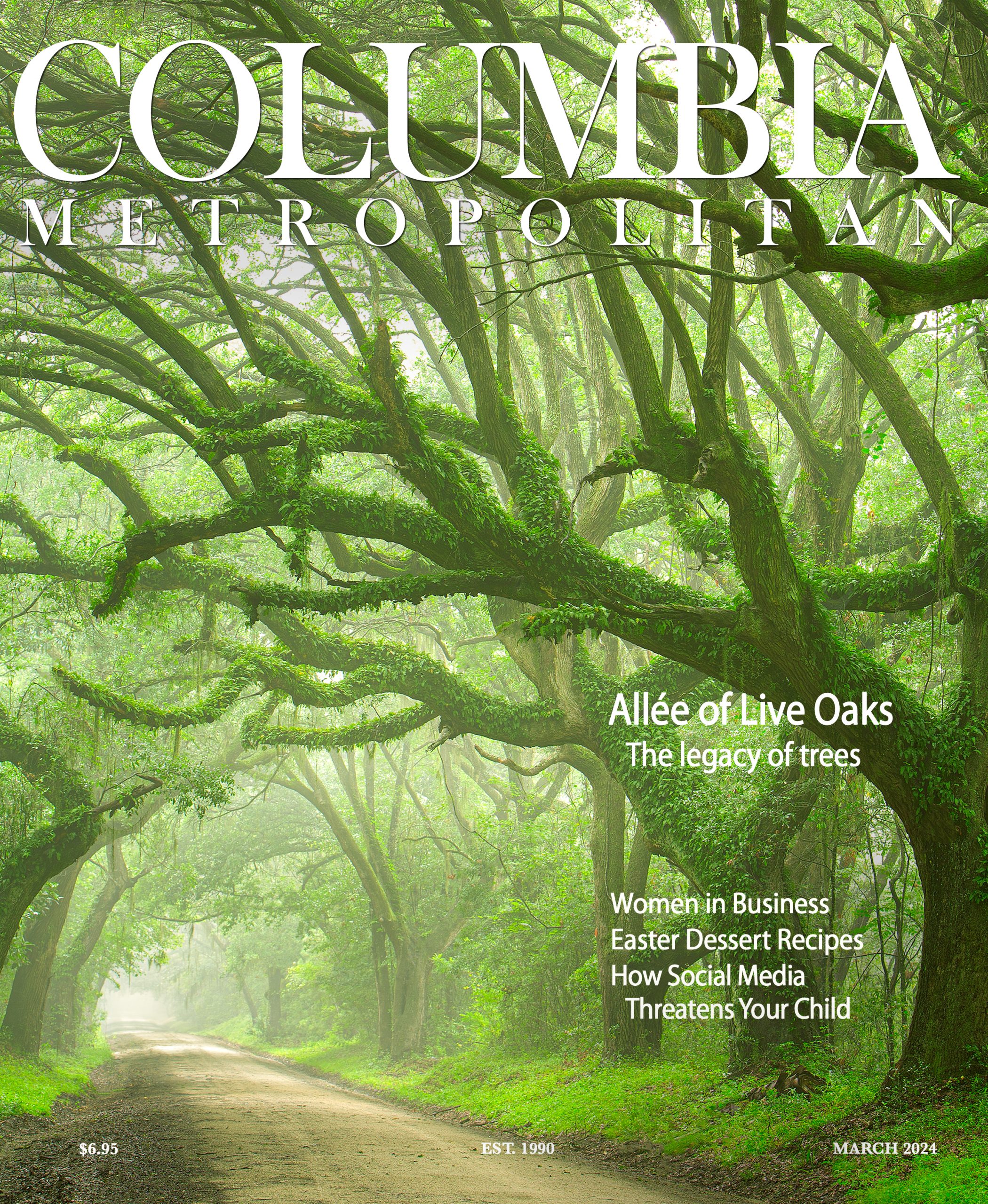
South Carolina’s state fish, the striped bass, is commonly referred to as a “striper.” The most successful and original landlocked striped bass populations are located in South Carolina’s Santee Cooper Lakes.
Many anglers wetting a line in one of several South Carolina lakes or near-shore fishing off the coast stand a good chance of hooking a striped bass — commonly referred to as a “striper” — with the right lure in either habitat. In regards to the right location, just about any lake or coastal waterway in South Carolina will likely have this anadromous species that thrives in both salt and fresh water.
Since the 17th century, British colonists up and down the Atlantic Coast sought striped bass for both sport fishing and subsistence. Early European settlers in North America noted the abundant numbers and habitats in which striped bass could be found, and since the advent of modern transportation methods for the species, their range has expanded beyond the Atlantic Seaboard. Their hearty nature has allowed them to adapt to a varied range of habitats spanning the globe — from as close as the Pacific Northwest to as far as Turkey and Iran.
In a completely natural setting, striped bass spend their adult lives in saltwater and use their anadromous ability to swim from salty seas into brackish and freshwater tributaries for their spawning cycle. However, some sheltered freshwater locations have retained a spawning population of striped bass. The nation’s most successful and original landlocked striped bass populations are located in South Carolina’s Santee Cooper Lakes.
All of South Carolina’s major lakes are man-made. When Lake Marion and Lake Moultrie were created, the striped bass that had swum from the ocean to spawn upstream never made their return trip, and they adapted to the situation by spending their entire lives in the Santee Cooper Lakes instead of returning to saltwater. In 1972, South Carolina voted to adopt the striped bass as its official state game fish since the original landlocked striped bass populations thrive here, and to this day the Santee Cooper Lakes are world-renowned for their populations of striped bass. In addition to South Carolina, several other states have adopted the striped bass as their state fish, including Rhode Island, Maryland, New York, New Hampshire, New Jersey, and Virginia.
Striped bass can be caught using a wide variety of methods and lures. They will take top water artificial lures and a myriad of live bait while surf casting in saltwater; they also are attracted to just about any type of live or dead bait, such as bluegills and bloodworms that will draw them in fresh water. They are particularly fond of herring, and if a bait ball of herring is found in Lake Murray, some striped bass are likely hanging around.
Striped bass can grow quite stout, with the largest specimens on record weighing more than 80 pounds! The current all-time record belongs to Greg Myerson, who on Aug. 4, 2011, boasted a striped bass caught in Westbrook, Connecticut, and weighing 81.88 pounds, with a 36-inch girth and 54-inch length. The largest landlocked striped bass was caught by James Bramlett of Dora, Alabama, weighing in at 70.6 pounds with a 37.75-inch girth and 44-inch length.
As table fare, striped bass rates very high for its versatility. They can be made into steaks or filets and can be prepared in just about any way imaginable. Striped bass has a firm flaky texture and a mild flavor profile that is palatable even for those who typically do not have much taste for fish.
Regardless of whether an angler wants a challenging fight or a tasty feast, hopefully the “stripers” will be biting that day.










